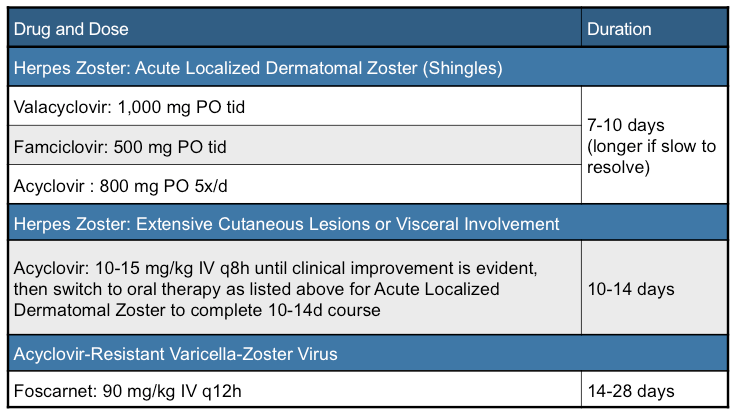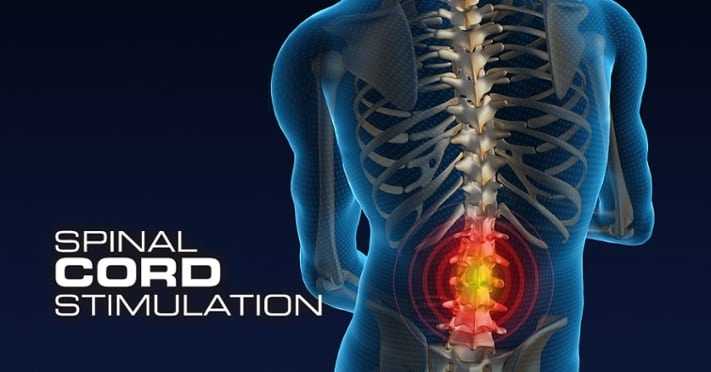What Is Biofeedback ?
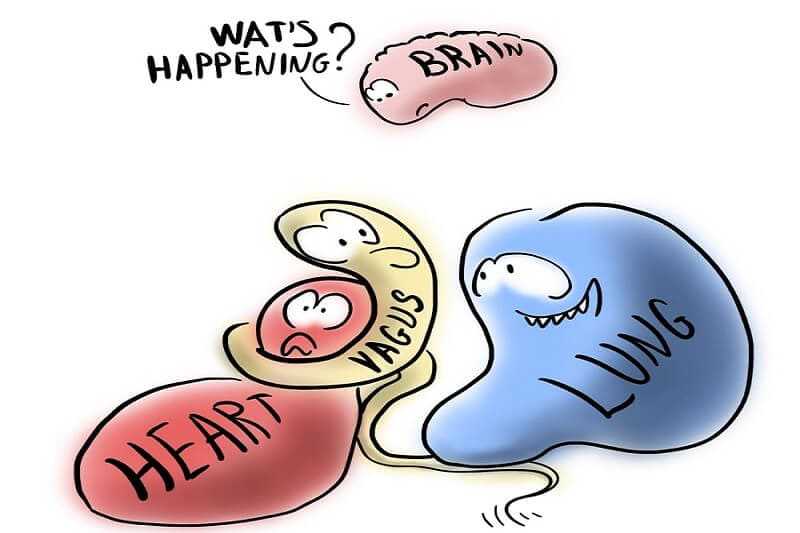
Human beings do not suffer an epidemic of depression, chronic pain, immune system dysfunction, addictions, anxiety, or any of a laundry list of other afflictions.

Instead, the epidemic is in hyperactive or worn-out nervous systems – buffeted by birth perhaps, infancy and childhood certainly, and by a culture that encourages overwork and has created some of the most stressful places on earth.
Simply put, biofeedback is a means for gaining control of our body processes to increase relaxation, relieve pain, restore balance, and develop healthier, more comfortable life patterns.
Biofeedback is not a treatment. Rather, biofeedback is training, an educational process for learning specialized mindbody skills.
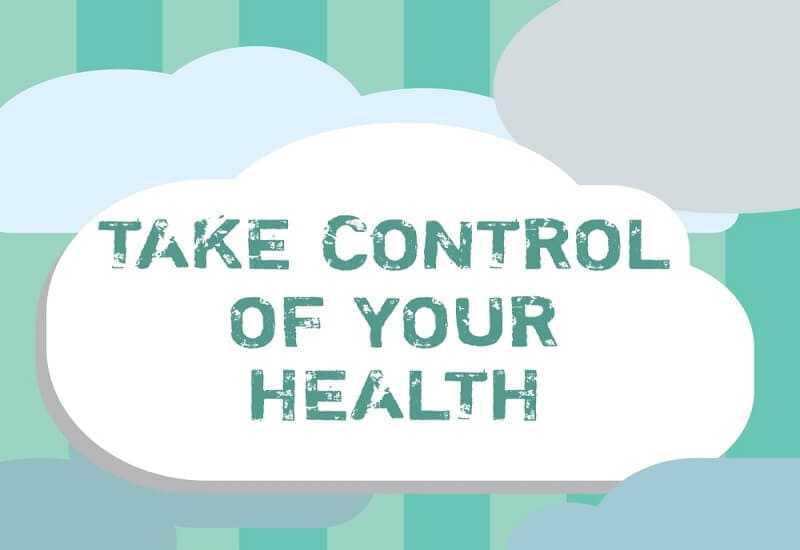
Learning to recognize physiological responses and alter them is not unlike learning to play the piano or tennis – it requires practice.
Through practice, we become familiar with our own unique psychophysiological patterns and responses to stress, and learn to control them rather then having them control us.
They use biofeedback (body based) and neurofeedback (brain based) to achieve this improvement. It works. Instruments painlessly measure physiologic activity particularly muscle tension, blood flow and respiratory patterns. They teach people to identify and control body function, develop healthy responses, relieving their symptoms and pain and improving the quality of their lives. People of every age, including children, learn to control their physiology quickly and effectively. Training is affordable.
What is the premise on which biofeedback is based ?
When a symptom occurs in the body, it means that one or more of the systems such as endocrine, immune or circulatory system has broken down. Biofeedback training addresses the system, not the symptom, bringing each of the bodily systems into balance within itself and with all other systems (homeostasis) thereby relieving the symptom.
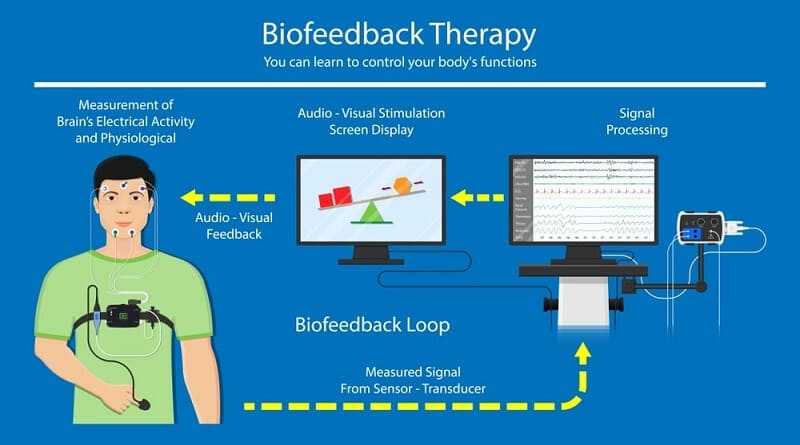
What is the role of the trainer ?
The trainer serves as coach who guides, suggests and encourages the participant in relaxation techniques, self regulation, self awareness and home practice. Individualized training is specifically designed for each patient.

How does the body know what to do ?
The body contains the wisdom of the ages. For instance, when an infection occurs, the body need not to be told how many white blood cells to produce or where to send them. It sends the perfect number to the appropriate places at the proper time, as long as the body systems are working without interference.

If my body has this ability, why hasn’t it helped already?
It does, but throughout our lives, as we confront various stressors that occur every day, we respond by constantly tensing and relaxing. Eventually, after each instance of tensing, we cease to return to our original level of physiologic relaxation. Thus, through the years we establish a stair-step pattern: we adapt to increasing levels of physiological activity. In so doing, we lose familiarity with deeper levels of relaxation and get used to greater levels of tension as the norm. This habituation to unnecessary physiological activity has a wearing effect and can cause such conditions as high blood pressure, headaches, digestive problems, and other illnesses. They can help teach you to increase your health and learning potential by stopping these inappropriate reactions.
What is the experience like ?
In a typical biofeedback session, the client is seated in a comfortable chair and hooked up to the biofeedback instrument with sensors attached to the surface of the skin at various locations on the body (usually the shoulders, fingers, back and head). Electrical impulses from these locations are recorded and reflected on a computer monitor in the form of graphs or picture displays. Additionally, the client may receive auditory feedback reflecting increases or decreases in body system activity in the form of higher or lower musical tones. Most people find the experience very enjoyable. A beneficial effect may be the release of endorphins, the body’s natural pain reducers, which may produce feeling of equilibrium. When the mindbody reaches its optimum level of performance, there is a sense of well-being, wholeness, and completeness. Reaching this level is one of the goals of biofeedback.

Is relaxation all that I will learn ?
No. Relaxation is only the first step towards learning self regulation. Increased awareness, better, more congruent decision making, increased control in you life, and a greater internal sense of yourself are all goals of your training. This process doesn’t change who you are, it allows you to become more of who you are.
Why is biofeedback so important ?
Most of the diseases that we now suffer are diseases of degeneration which are stress related or worsened by stress. Eight out of ten doctor visits in Canada and the U.S. are as the result of stress (for which there is little traditional medicine can do). And, of the $125 billion spent by industry on health care for employees, $50 to $75 billion is prompted by stress related symptoms. Self regulation training can provide each of us with the tools we need to increase our quality of life and avoid becoming part of this alarming national health trend.




